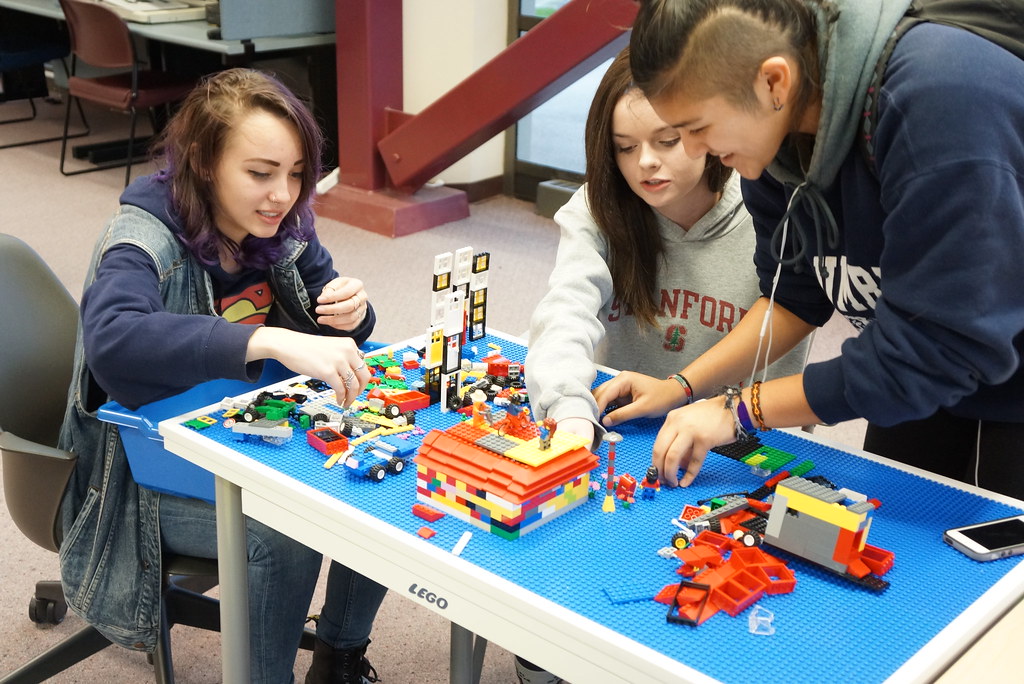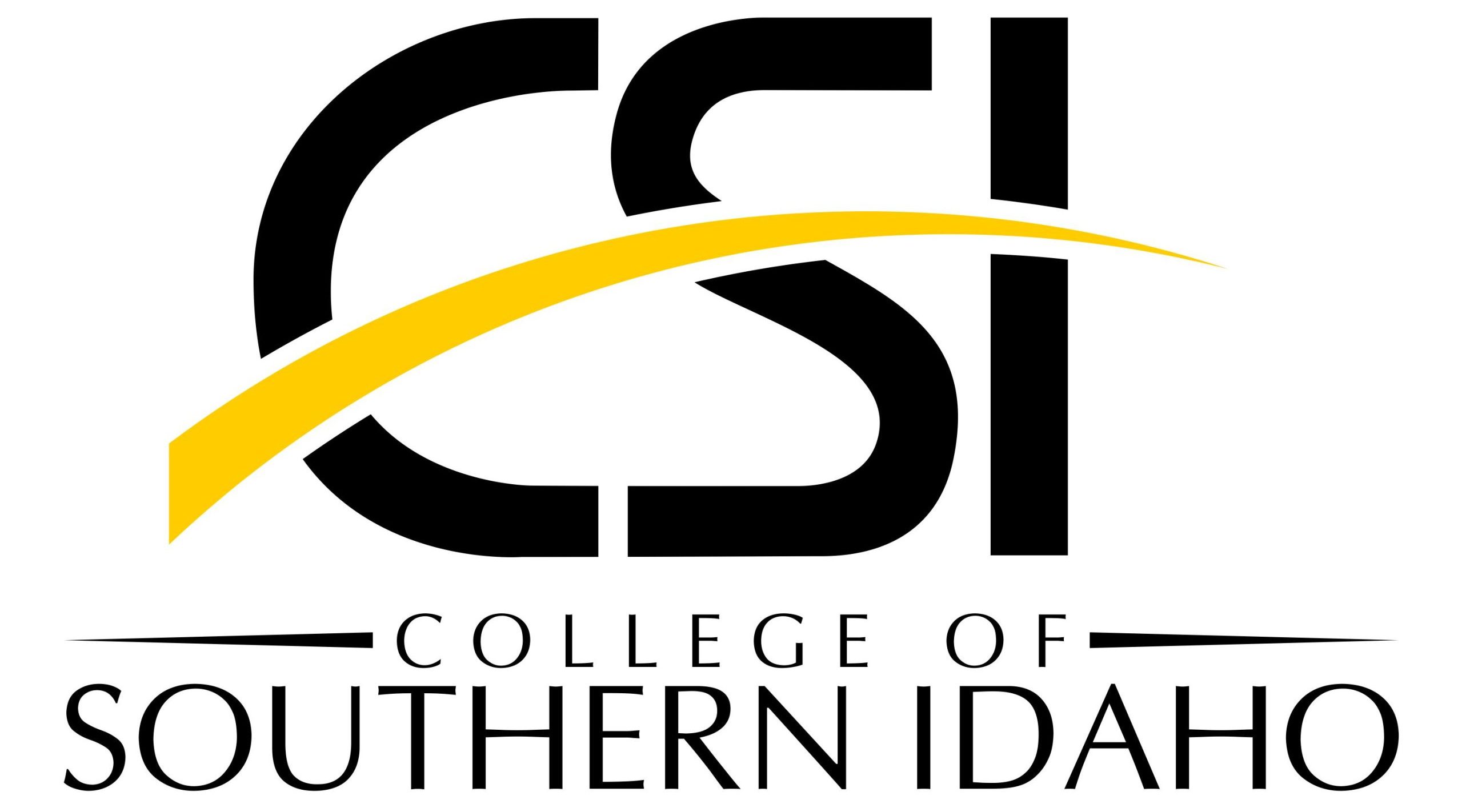17 The Modern Library Experience
The modern library experience refers to the ways in which libraries have adapted and evolved to meet the changing needs and expectations of patrons in the digital age. This includes providing access to a wide range of digital and physical resources, such as e-books, databases, and online learning resources, as well as offering new and innovative services such as maker spaces, digital literacy training, and technology lending programs.
The modern library experience also emphasizes a more personalized and patron-centered approach to service, with librarians trained to help patrons navigate and make the most of the resources available to them. This can include providing research assistance, offering personalized reading recommendations, and helping patrons access and use digital technologies such as laptops and mobile devices.
In addition, many libraries are also becoming community hubs, offering programs and events that foster learning and engagement, such as author talks, book clubs, and workshops on various topics. Many libraries also serve as safe and inclusive spaces for patrons of all ages, cultures, and backgrounds.
Overall, the modern library experience is centered on providing patrons with the resources and support they need to access and make use of the wealth of information and knowledge available in the digital age.
Interactivity and Accessibility
Interactivity is the ability of an information resource to be directly manipulated in real-time by a patron and to have that manipulation divulge information to the patron. It is a key part of modern, technology-integrated learning. Interactive resources do not need to be massive, like virtual reality headsets or AR screens. They can be models, simulations, and other engaging materials. Topics can range from history to science to language to technical skills to etiquette.
Makerspace areas show up in many types of libraries. Initially, they were created in academic library settings to allow students to incorporate data and research findings directly into their experiments. MIT was the first major library institution to have a maker space. It was the institution at which Niel Gershenfeld worked. Gershenfeld was and is the director of the Center for Bits and Atoms at the university. In order to increase student creativity, he created the “Fab Lab.” Making things in libraries has been a vital part of the library’s role as a community center since the 19th century when women gathered at the library to create quilts and other items for the less fortunate. Modern digital technology use is simply another way of making.

Outreach is a side effect of all of these initiatives. Libraries must reach out to their patrons and ensure that their needs are being met. They must be appealing so patrons will return and welcoming so new people will come for the first time. At times, however, outreach as a part of reference and other main library activities is just not enough. To expand the outreach of the library, administrators, librarians, and staff create programming. Programs are isolated instances or chains of meetings that hope to attract an audience for education on some topic. Library programs can be on mundane but necessary topics like taxes or on creative topics like making birdhouses. They can include science lessons for elementary students or financial assistance for high schoolers who are entering their first jobs or internships. Movie nights and service projects are other programs. Opportunities in makerspaces for recreational making also count as outreach.

Outreach should be coordinated with patron services and should coincide with initiatives by the other departments. The heads of all departments should meet around once a week, if not every day, for a brief meeting on their plans and ways they can collaborate.
Accessibility and Diversity
Accessibility is the ability of a material to be found, used, and navigated by people of different abilities. For example, a resource should have accommodations for individuals who are blind, members of the Deaf community, and people who have cognitive disadvantages, as well as people with other handicaps. Sometimes, the only accessibility a person needs is a ramp or elevator because they have trouble walking. Other times, accessibility of resources means that a specialized format needs to be created for a specific patron. There are public and private institutions to help librarians find accessible options for all of their patrons. It is now high time that all individuals have access to materials.
View this video on accessibility issues with a library in Queens. How could this issue have been prevented? What possible solutions exist?
In relation to accessibility is diversity, equity, and inclusion, or DEI. This has been a recent development in libraries, sadly. As discussed in the first section on the history of the library, the first libraries were institutions funded by, and intended for, the elite members of society. Many articles and presentations have been written on the fact that the elitist foundations of the library still haunt all libraries today. Some institutions make their patrons pay for library cards. Some only hold books that are wanted by the real or perceived majority of society. Some are not accessible to those who do not speak the dominant language of their community. These slights are both unintentional and intentional.
Look at how the Multnomah County Library applied diversity, inclusion, and equity in multiple ways to encourage patron success. This includes accomplishing goals that were not necessarily in the typical scope of library functions.
The key message is that we must all acknowledge where we are and move together toward a more inclusive environment for everyone. Minority voices should be heard not because they are minorities and not because they are new or novel, but because they are voices. They are real. Programs celebrating diversity do a disservice when they stress that minority voices should be emphasized for one month or week and then never heard from again. This others all minorities in the community and makes them into an enigma when what is really needed is inclusion and mainstream acceptance.
Building an Accessible, Diverse, Equitable, and Inclusive Library
It is not enough simply to know that we should be accepting, accessible, and inclusive. How do we apply these principles? Middlesex Community College developed a DEI Toolkit that contains principles on each of these initiatives. It is one of their strengths, and their resources have been used around the world. While the focus of these materials was inclusivity in a school classroom, these tools and ideas can be easily adapted to a library:
- Discuss at the beginning of each library program with each participating patron that you are trying to develop an inclusive culture in the library
- Discuss seating arrangements with the group if applicable in order to accommodate patrons with reasonable requests
- Ensure that you use the most appropriate and up-to-date language in your communications and materials
- Use a variety of examples in your programming and allow the entire patron population to consider diverse perspectives outside of their own experiences
- Do not make assumptions about a patron or their experiences based on their disability, gender, sexual orientation, religion, or cultural or ethnic background
- Use examples of diversity and allow patrons, including children, to question norms
- Avoid conflating or allowing the conflation of gender roles and stereotypes with the lived experiences of being male and/or female
- Avoid conflating and allowing the conflation of race and culture, as well as the use of stereotyping.
- Use symbolism and mythology from a variety of religions to allow students to learn and appreciate multiple perspectives
- Avoid using or allowing the use of religious designations as synonymous with the actions of individual believers (ex. Muslims and terrorists, Christians and Anti-LGBT)
- Avoid conflating or allowing the conflation of the practice of religion and the educational inquiry of religion
The quality of a program that encourages patron participation instead of passive attendance. The most engaging and educational programs are interactive. Librarians should make every effort to make items, lessons, programs, and other initiatives as interactive as possible, even if they are centered on a topic that seems droll or uninteresting.
Areas of a library that are designated as spaces for patrons to make something and explore their creative impulses. Examples of common makerspaces include Computer Labs, 3-D Printing Machines, Arts and Crafts areas, and Virtual Reality programming programs.
This encompasses all activities performed in the library that are intended to increase attendance at library functions and expand circulation of library materials. In fact, library functions are themselves part of the outreach spectrum. There is an outreach aspect to almost everything librarians do.
The quality of library resources and programs being available to people of all abilities and backgrounds. This means making reasonable accommodations for people with disabilities and neurodivergent individuals. Everyone should be treated equitably. Librarians should not assume that an apparent disadvantage precludes someone from taking advantage of a resource or program.


Feedback/Errata
2 Responses to The Modern Library Experience